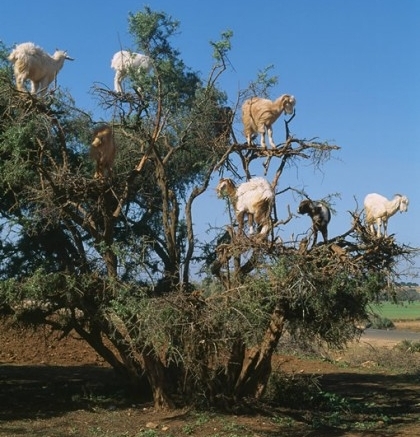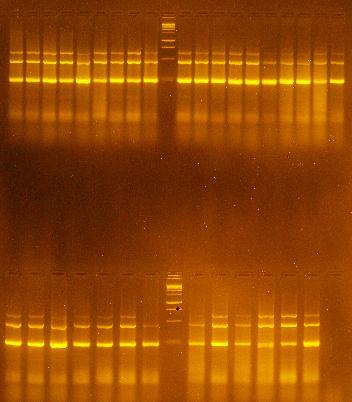Genetic conservation of plant natural resources
Palestine is located at a junction links three continents and famous with its biodiversity. On around 27000 sq. km, about 2700 different plant species are living many of them refer to the early history of agriculture and plant utilization by human. In the last few decades as a result of many factors, many natural plant populations in Palestine are suffering from habitat destruction and fragmentation. The problem is worsen due to the unplanned expansion of agricultural activities, building up roads and other human practices like firing, wood collection and overgrazing.

The plant molecular lab at the BRC is focusing on studying the genetic diversity of economically important as well as endangered plant species in Palestine. Our focal point is to have an insight at the genetic structure and diversity of plant natural populations to help in formulating a correct conservation strategy. Each study starts with sufficient survey and sampling of the plant. Second, by implementing molecular techniques an insight into the genetic diversity and areas of genetic drift is provided. Another research line is focused on putting a genetic barcode and unique molecular fingerprint for local landrace agricultural crops. Among these crops are squash, snake melon, pumpkin, lentil, chickpea, cauliflower and many other wild plants including cyclamen, strawberry tree caper, oregano etc.

Microsatellite variation within ancient olive trees in the West Bank
Researchers: Rami Arafeh, Zaid Altarda
